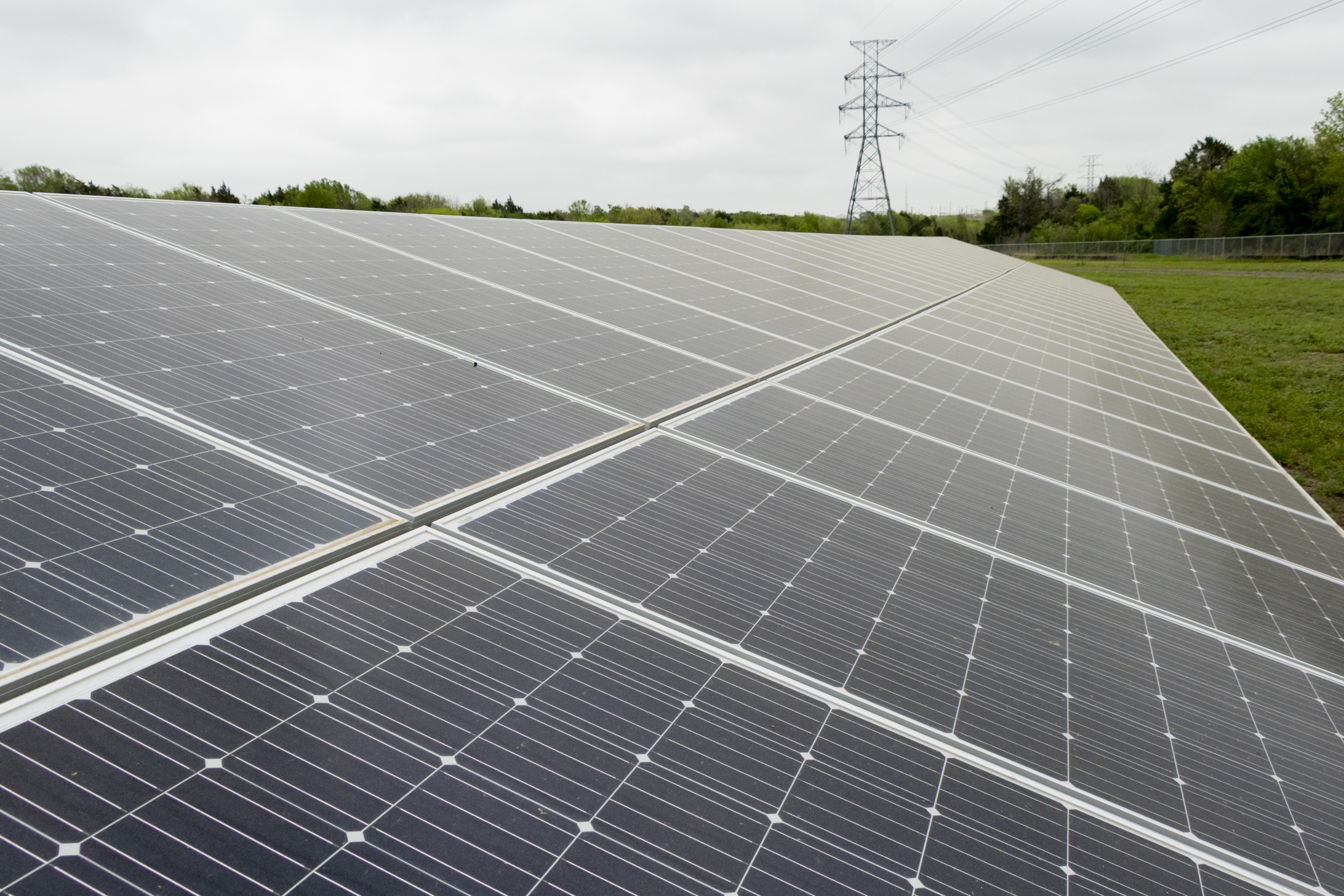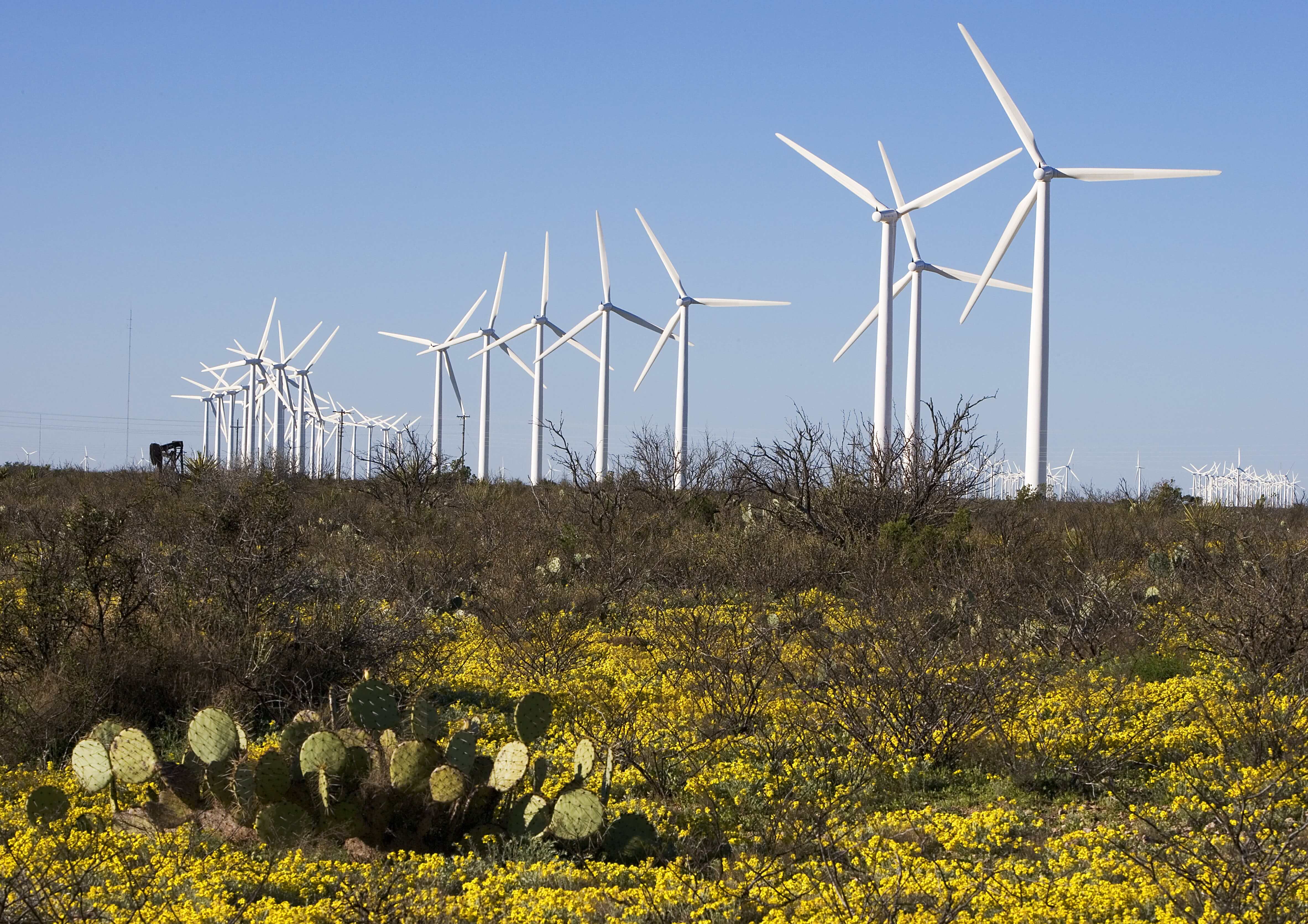Achieving 100 percent clean, renewable energy is no longer a far-off vision. Over 50 communities across the US have made the transition to clean electricity for all, each powering their entire community with renewable electricity.
Since 2015, the Ready For 100 campaign has worked to support activists advocating for renewable energy in their communities. To date, over 160 cities, more than 10 counties, and eight states across the US have made commitments to leave fossil fuels behind and provide 100 percent clean, renewable energy community-wide. These goals set an ambitious vision and are a crucial first step toward achieving clean energy for everyone. Every community has unique needs and contexts to consider as it determines the best and most equitable path to address the harms perpetrated by the fossil fuel economy and to reach 100 percent clean, renewable power for all.
The first communities to make the transition to 100 percent renewable energy were in locations with special access to renewable resources. In 2008, the small town of Rock Port, Missouri, seat of Atchison County on the Nebraska border, switched to 100 percent wind power. Atchison County hosts over 250 wind turbines but has a population of just over 5,000. The county’s excess power feeds into the power grid, displacing fossil fuels elsewhere from the wind-rich Great Plains region.
Aspen, Colorado, nestled in the Rocky Mountains, made its transition to renewable electricity thanks both to wind resources in neighboring Nebraska and existing mountain dams that reserve seasonal snowmelt for the region’s drinking water.
The most recent additions to the 100 Percent Club come from California. Today, nearly 50 communities in the Golden State are powered entirely by renewable energy—supplying electricity to over two million residents. This jaw-dropping progress was made possible by three factors: the state’s renewable portfolio standard, passed in 2018, which requires 100 percent renewable electricity statewide by 2045; community choice aggregation, which allows cities to band together to purchase that renewable power; and the powerful advocacy of local activists and frontline communities, who see renewable power as a tool to build stronger local economies and alleviate the harms of the fossil fuel industry.
San Diego CCA supporters. Courtesy of My Generation campaign
The 47 California communities are served mainly by community choice aggregation (CCA). In Southern California, one of those aggregators is the Clean Power Alliance, which contracts power directly from renewable resources like wind and solar farms for several cities, including Oxnard, Thousand Oaks, Ventura, and West Hollywood. Aggregation allows cities to pool demand to reduce prices and make clear their long-term interest in additional renewable electricity generation. In this program, regional investor-owned utility Southern California Edison still operates the region’s transmission lines and delivers the clean electricity to residents and businesses.
Communities in California are reaping the benefits of being able to decide where their energy comes from. Revenue generated from CCAs that normally goes to shareholders is now being invested in community benefits, like building clean energy and creating good paying jobs.Luis Amezcua, Senior Campaign Representative, My Generation campaign
Right now, community choice aggregation is available in nine states, including Massachusetts, Ohio, and Illinois, though each state’s legislature has structured its program differently. For example, while city leaders in California have ensured customers are automatically enrolled in CCAs (meaning residents must opt out if they do not wish to participate), other states’ residents must sign up for a community’s chosen energy plan themselves.
Because few people have the time or information to “shop” for—that is, identify and opt into—their preferred electricity source, these states have significantly lower participation in CCA programs, which in turn limits communities’ ability to drive investment in large-scale renewable energy development. In 2019, the state of New Hampshire restructured its own community choice aggregation program so that residents will be automatically enrolled if their city chooses to aggregate power.
For decades, Ohio communities have used community choice aggregation to source affordable energy, but without prioritizing an expansion of renewable energy options. But that’s starting to change: In 2019, suburban Worthington, Ohio, established an aggregation program with renewable energy credits used to offset fossil fuels, and just this year, Mayor Andrew Ginther of Columbus, the state’s capital and largest city, declared his own intention to lead a community transition to renewable energy through community choice aggregation. A community-wide transition to renewable energy by Columbus would lead to significant local investment in new, renewable energy resources like wind and solar installations, as well as long-term jobs for Central Ohio.
“Columbus is the 14th-largest city in the country. By pursuing community choice aggregation, we can reach 100 percent clean energy using locally generated solar, create new economic opportunities for our community, and pave the way for other Ohio communities to follow suit,” said Cathy Cowan Becker, volunteer leader with Ready For 100 Columbus. “Our mayor’s support of community choice points to a more resilient, equitable future for our city.”

La Loma Community Solar Farm in Austin, Texas. Courtesy of Al Braden
And thanks to the hard work of activists and frontline communities, communities that are just starting to pursue clean energy commitments have examples to work from. The Sierra Club’s My Generation campaign has fought to ensure that California’s renewable energy transition isn’t just rapid, but also is equitable. Under community choice aggregation, city leaders with constituents who have been left behind by the fossil fuels industry’s practices, can more directly advocate for resources that benefit their communities. In 2017, MCE Clean Energy, a CCA in the San Francisco Bay Area, partnered with local nonprofit RichmondBUILD to build a 10.5-megawatt solar facility on a remediated brownfield site, known as MCE Solar One. The project was put together in close collaboration with the Richmond community and created close to 350 local jobs that mostly went to workers from low-income communities of color in Richmond.
Now communities across the country are planning their own transitions to 100 percent renewable energy, each working within unique local contexts to ensure that the benefits of a clean energy economy extend community-wide without raising costs or deepening inequities. Over 150 communities have made Ready For 100 commitments , and many are hard at work planning out milestones to get there. Each additional city that meets its goal shows that clean energy for all is possible right now.
For more information on communities currently powered by 100 percent clean, renewable energy, check out our regularly updated website!
